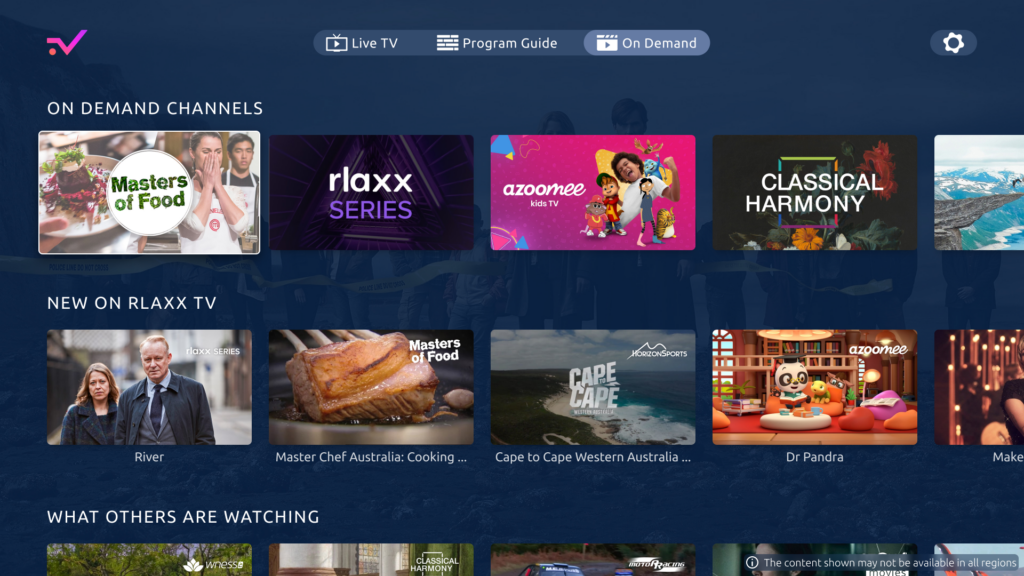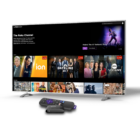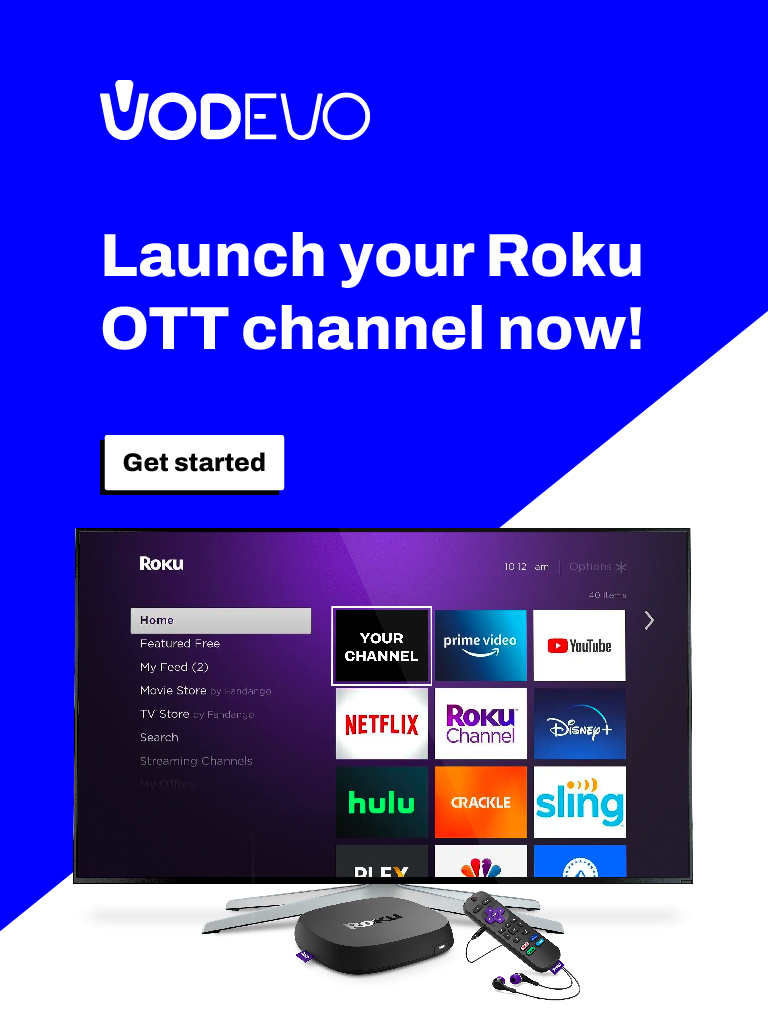Rlaxx TV has announced the launch of its linear FAST (free ad-supported TV) and AVOD (advertising-based video on demand) service on the Roku Channel Store, marking a significant step towards expanding its global reach.
With its offering of premium niche content tailored for diverse viewership, rlaxx TV is currently available in 27 countries. Roku’s Channel Store offers users access to more than 4,000 free and paid channels. Including rlaxx TV, providing an even wider variety of content options for Roku users.
According to Ronny Lutzi, CEO and founder of rlaxx TV. The company is thrilled to expand its distribution by launching on Roku. This will provide rlaxx TV with an opportunity to reach a wider audience and advance its mission of ubiquity.
rlaxx TV offers premium niche channels curated from various international content partners, covering categories such as Movies & Series, Documentaries, News, Sports, Lifestyle & Entertainment, and Food & Drink.
Currently, rlaxx TV is available on Roku in several countries, including Germany, the United Kingdom, France, Mexico, Argentina, Brazil, Chile, Colombia, and Australia.
Rlaxx Tv: what is?

Rlaxx TV has now doubled in size, offering its users a lineup of up to 50 channels, all in partnership with some noteworthy audiovisuals. As with Distro TV, many of the channels are in a language other than Spanish.
It is a streaming service that offers live content. All thanks to television channels and on-demand content. The platform currently wants to focus on a total of 50 channels, double what was available at its launch, and hopes to continue expanding.
Like Distro TV and Pluto TV, it is free, although in this case, the bet to remain operational is to use a few seconds of advertising. These ads will never be intrusive, and they usually last a short time. Thanks to them, you won’t have to pay anything to watch movies, series, documentaries, TV shows, or music videos.
Once you open the web service or application: you have two options, which are live channels, with programming that you can see through the channel information.
The second option is to watch on-demand programs, where you can select the video you want and wait for it to load.








